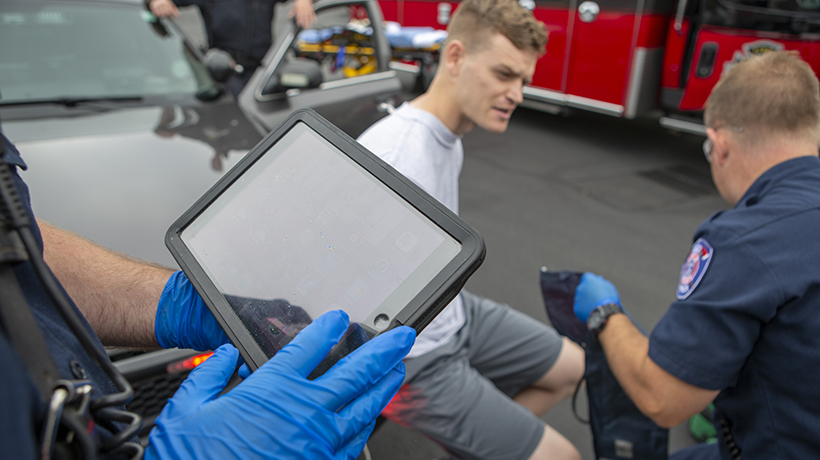Public safety mobile technologies have the potential to transform how police and law enforcement agencies respond to calls to service, search and receive critical information in the field, streamline operational workflows, and engage with the public. Mobile technology is here to stay. And the evidence suggests that it will only become more widely-used and valued by police and law enforcement agencies in the foreseeable future.
However, how field officers and first responders accept and embrace mobile technologies is critical to its successful implementation, use, and the value agencies realize. End-user acceptance and adoption starts in the planning phase.
A good place to start is by prepping officers and first responders with a discussion about new mobile technologies. Your agency should let users preview and demo any new systems and mobile devices being implemented. Here are few questions and topics that your agency should explore during the planning and user preparation process:
- What are the current steps needed to complete a task?
- How might the new technology adversely affect or improve that?
- What form factor do officers prefer to use for tasks?
- How do users currently feel? Where are their pain points?
- Sort out WHERE technology could fix those pain points.
- Look at current policies and processes and explore what adjustments need to be made.
- Remind them that there’s often a difference between the documented way of doing things and the actual way of doing things (e.g., implementing data).
- Encourage them to ask questions, learn more, and explore the new technology on their own.
- Seek out any concerns beforehand and try to address them in advance.
With any new technology, there’s always a learning curve. By including field officers and first responders in discussions and tech demos early, your agency can prepare its mobile end users for change and create a culture that embraces it, garnering better results for everyone.
















